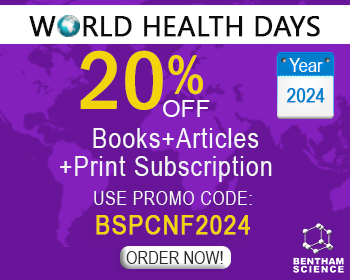Abstract
Human serum albumin (HSA) represents an important determinant of plasma oncotic pressure and a relevant factor that modulates fluid distribution between the body compartments. Moreover, HSA (i) represents the depot and transporter of several compounds, both endogenous and exogenous, (ii) affects the pharmacokinetics of many drugs, (iii) regulates chemical modifications of some ligands, (iv) shows (pseudo-)enzymatic properties, (v) inactivates some toxic compounds, and (vi) displays anti-oxidant properties. HSA binding and (pseudo-)enzymatic properties are regulated competitively, allosterically, and by covalent modifications. While competitive inhibition of HSA binding properties is evident, allosteric mechanisms and covalent modifications affecting HSA reactivity are less clear. In several pathological conditions in which free heme-Fe levels increase, the buffering capacity of plasma hemopexin is overwhelmed and most of heme-Fe binds to the fatty acid site 1 of HSA. HSA-heme-Fe displays globin-like properties; in turn, heme-Fe modulates competitively and allosterically HSA binding and reactivity properties. Remarkably, heme-Fe-mediated HSA properties are time-dependent, representing a case for “chronosteric effects”. Here, we review the drug-based modulation of (i) heme-Fe-recognition by HSA and (ii) heme-Fe-mediated reactivity.
Keywords: Human serum albumin, heme-Fe binding, heme-Fe-based reactivity, drug binding, allostery.




























